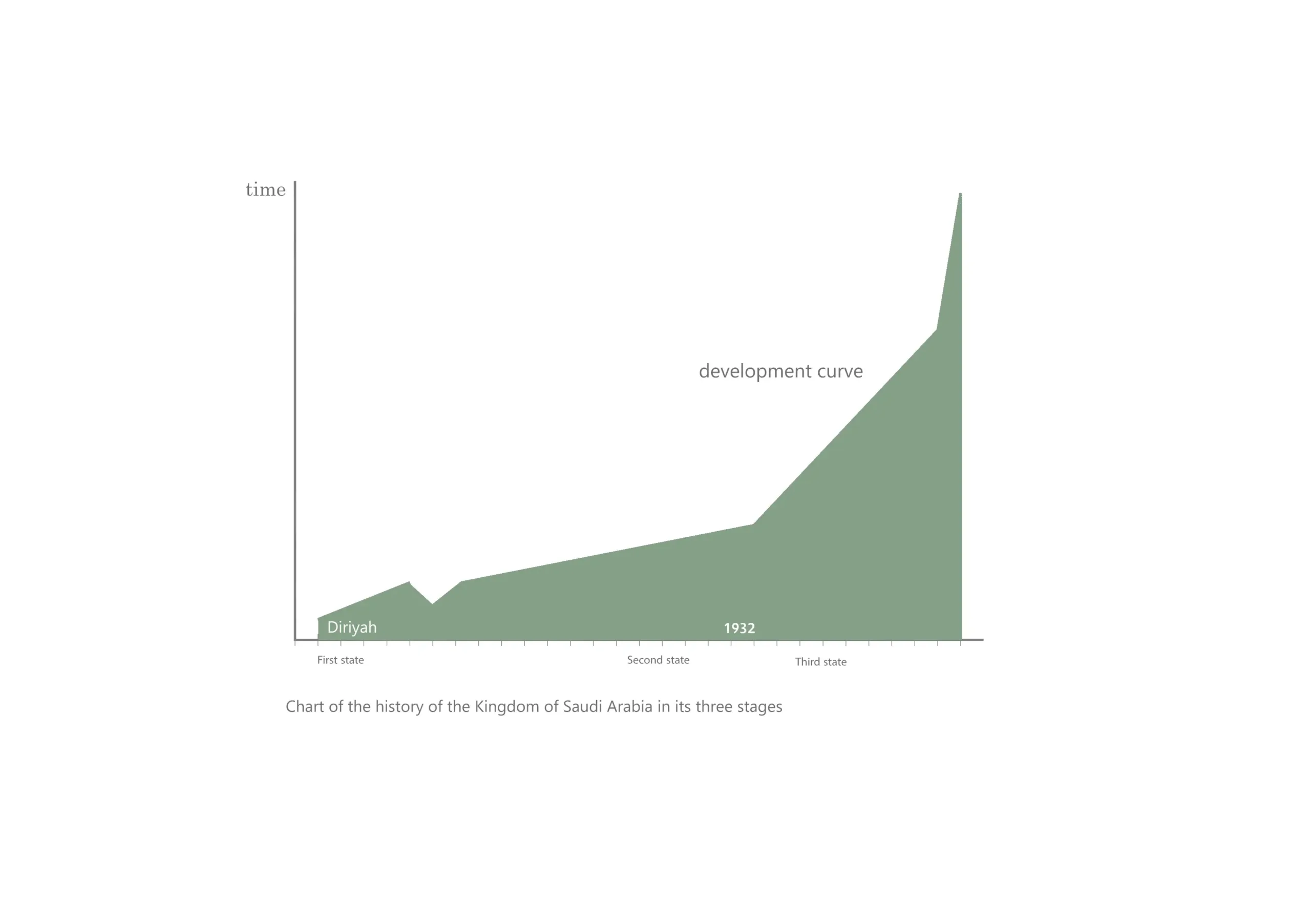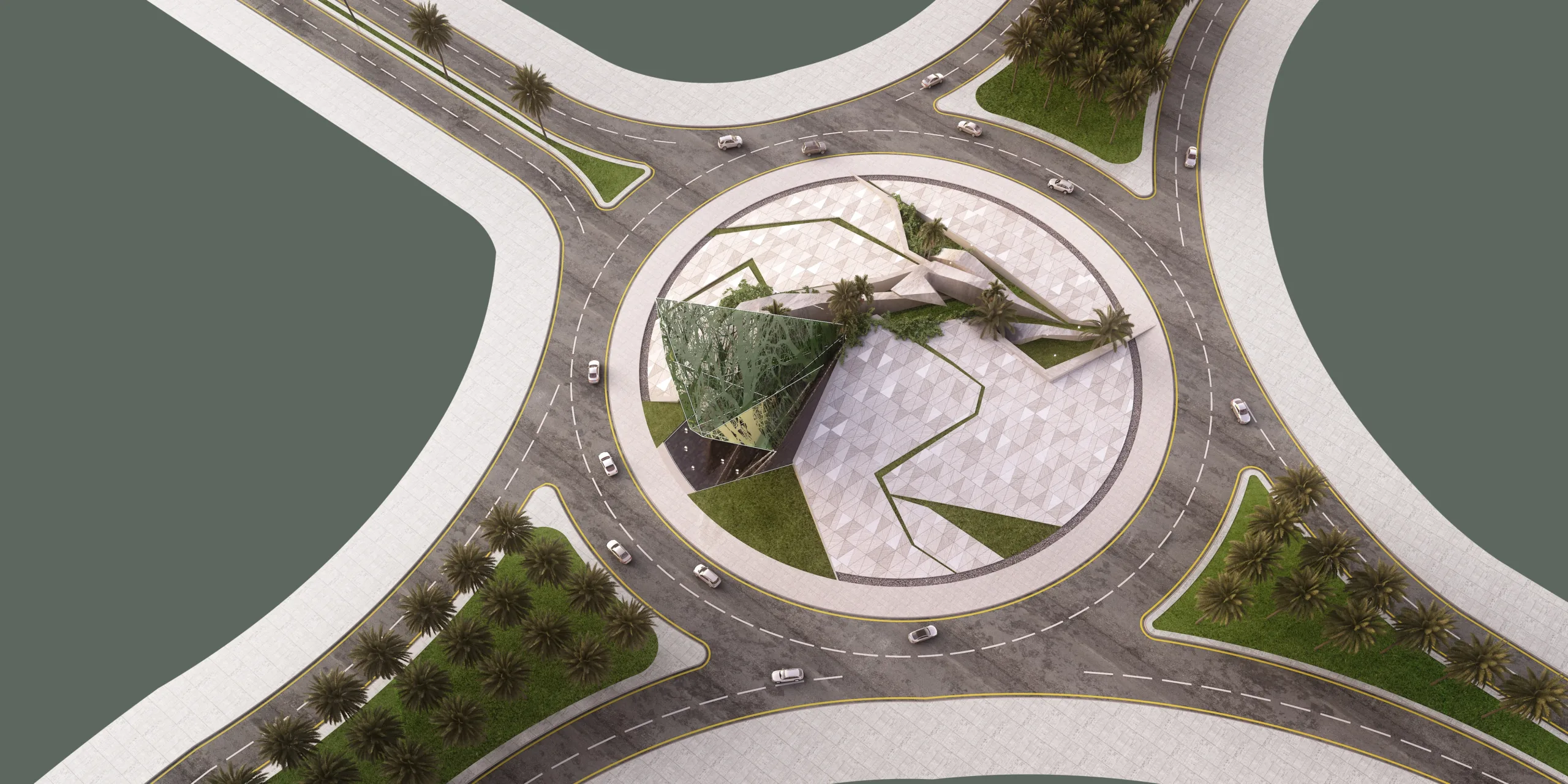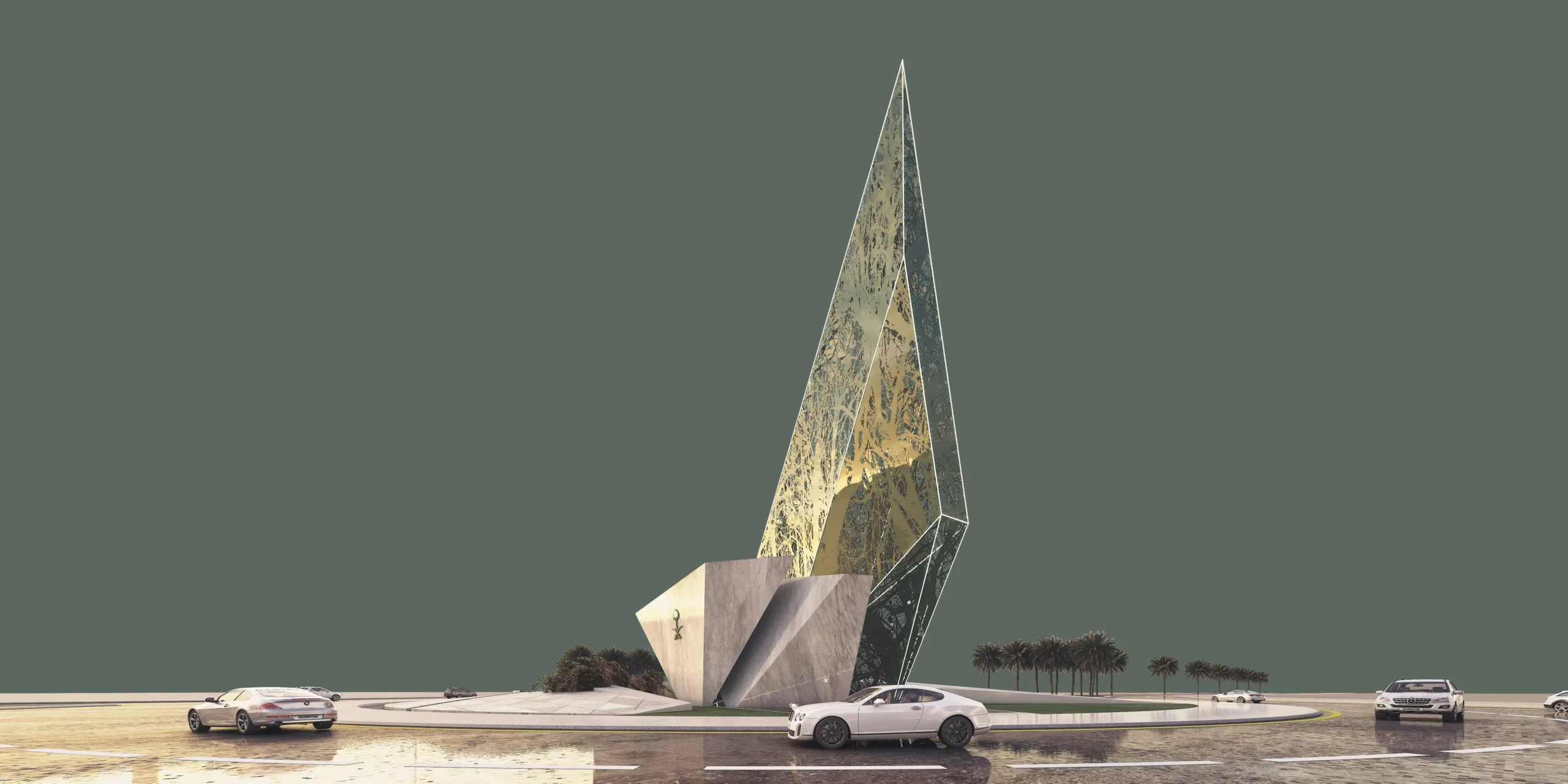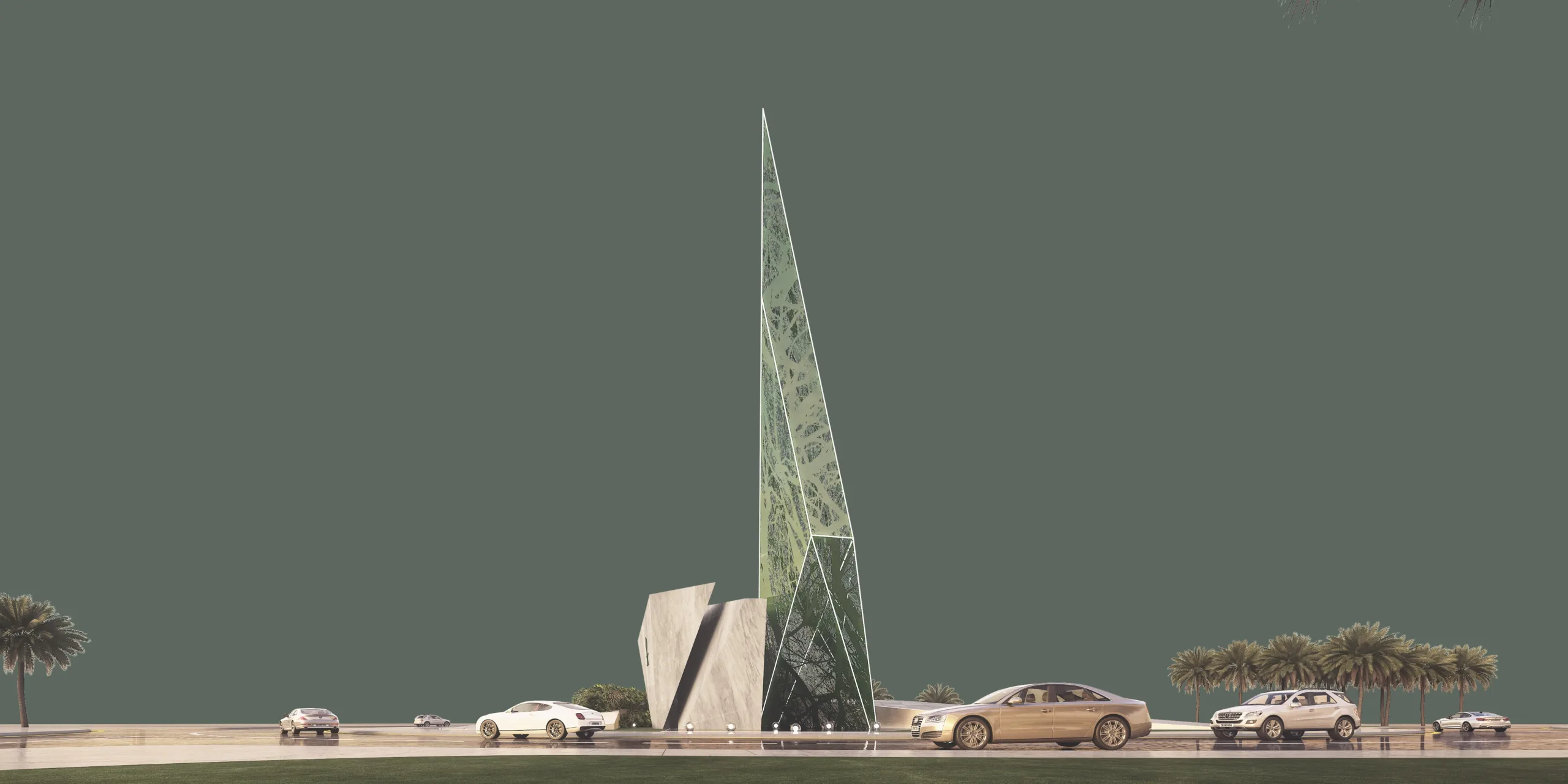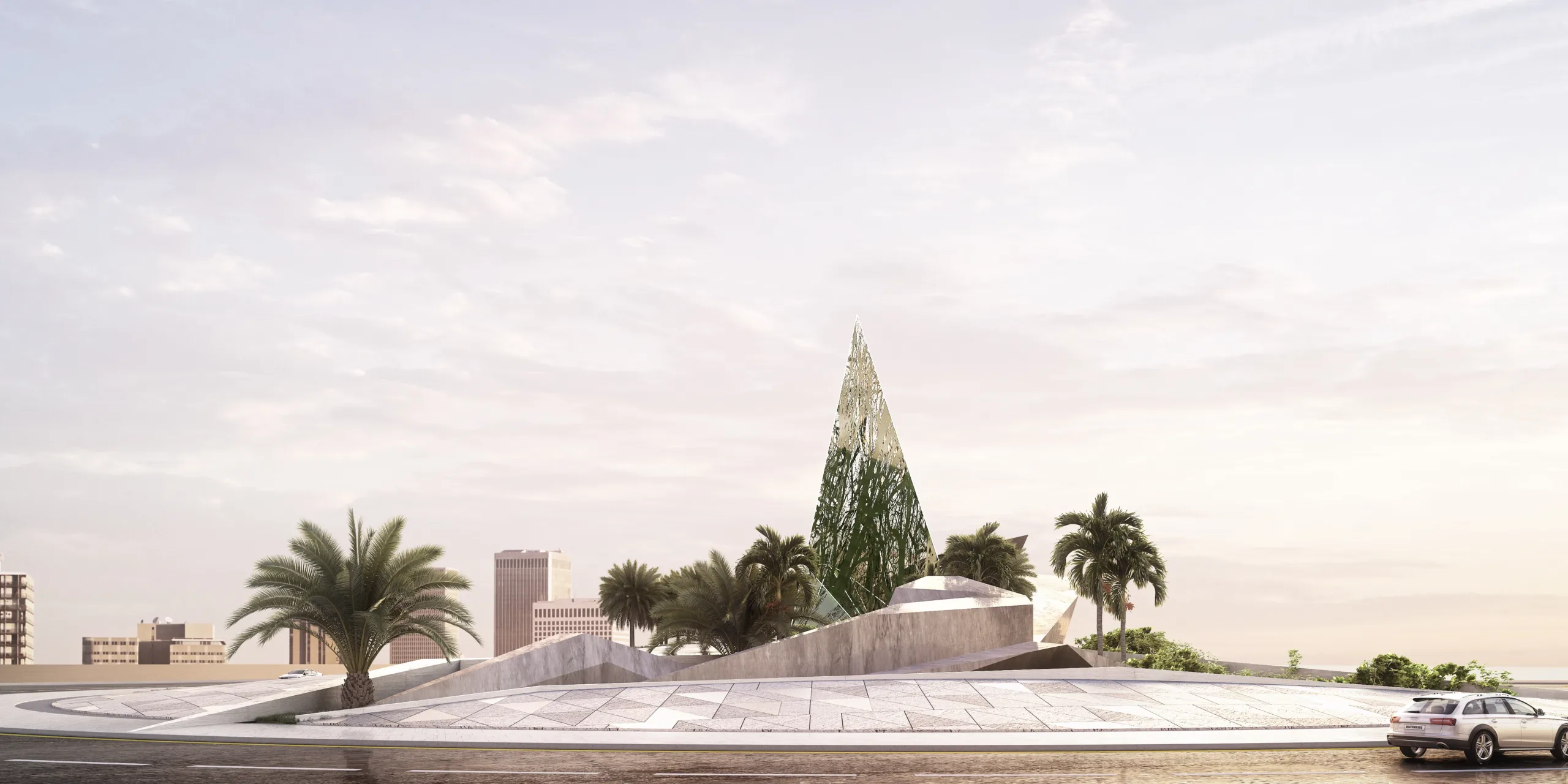
The MULK Square presents the history of the kingdom, starting from its roots in Diriyah. The architectural design of the square reflects the state's historical evolution, beginning from the green valley.
The history of the Kingdom of Saudi Arabia begins in the mid-15th century AD when Manea bin Rabia Al-Muraydi, the progenitor of the royal family, migrated from the Qatif region to Najd and founded the city of Diriyah. In 1744 AD (1157 AH), the First Saudi State, the Emirate of Diriyah, was established by Muhammad bin Saud and lasted until 1818 AD (1233 AH). This was followed by the Second Saudi State, the Emirate of Najd, in 1891 AD (1308 AH). Subsequent efforts led to the formation of the Third Saudi State by Abdulaziz Al Saud in 1902 AD (1319 AH), evolving into the Sultanate of Najd and later the Kingdom of Hejaz and Najd and its dependencies. Eventually, these territories were unified under the name of the Kingdom of Saudi Arabia in 1932 AD (1351 AH).
The MULK Square presents the history of the kingdom, starting from its roots in Diriyah. The architectural design of the square reflects the state’s historical evolution, beginning from the green valley. It features green fissures symbolizing life and a curved rock mass decorated with triangles that reflect the patterns of decoration and architecture in Najd and Hejaz.
The design follows an ascending trajectory representing the first state and its challenges, and how it overcame them to establish the second state, which expanded and evolved. The trajectory reaches a pivotal point with the establishment of the third Saudi State, marking a shift towards the future.
Throughout these stages, the architectural design transitions from sky-blue royal marble to reflective steel, adorned with botanical engravings that symbolize the vision of a future green city. This transformation reflects the historical and cultural development of the kingdom.


